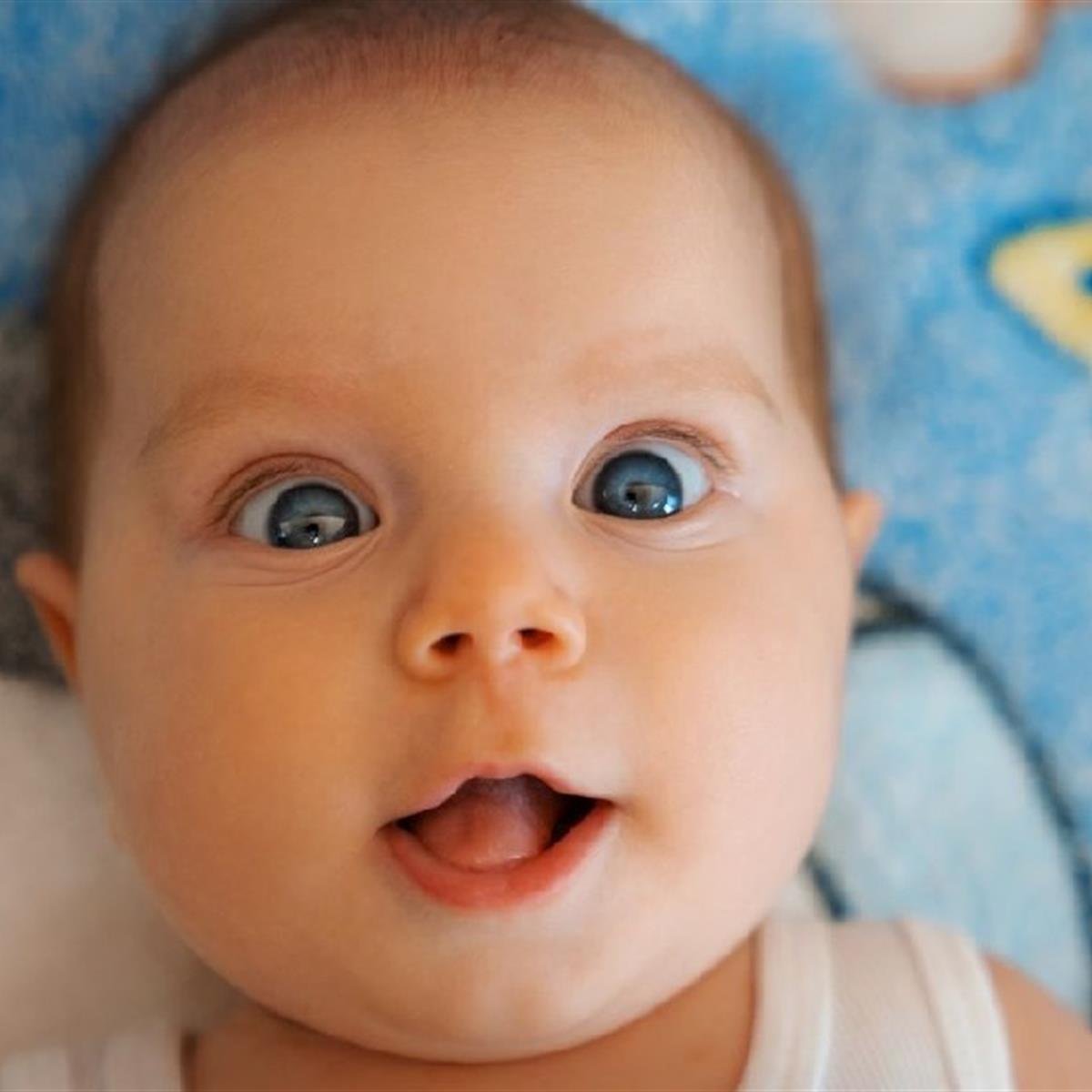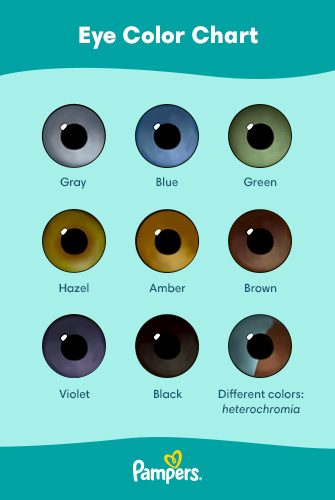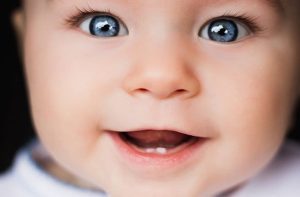When do babies eyes change colors within the first year of their life.
Genetic Factors, Babies eyes change colors
When it comes to the color of a baby’s eyes, genetic factors play a crucial role in determining the eventual hue. Parents often wonder when their baby’s eyes will settle on a permanent color, and understanding the role of genetics can shed light on this fascinating process.
Role Of Genetics
Genes are responsible for the color of a baby’s eyes. The genes inherited from their parents will determine the melanin production in the iris, which ultimately influences eye color. The specific combination of genes inherited from both parents will dictate the final color outcome. While the exact timing of the color change varies, it typically occurs within the first year of life.
Influence Of Family Eye Colors
The eye color of family members can provide valuable insight into the potential color of a baby’s eyes. It’s essential to examine the eye colors of close family members, such as parents and siblings, as this can give an indication of the possible genetic combinations at play.
Melanin Production
Melanin plays a significant role in determining the color of our eyes, as well as the color of our skin and hair. It is a pigment that is produced by melanocytes, specialized cells found in the iris of the eye. The amount and type of melanin present in the iris contribute to the color we see. You may be wondering when exactly a baby’s eyes change color. To understand this process, it’s important to explore the impact of melanin and the changes in its levels as a baby grows.
Impact Of Melanin
Melanin has a profound impact on the color of a person’s eyes. It comes in two forms: eumelanin, which appears as brown or black, and pheomelanin, which appears as red or yellow. The combination of these pigments determines whether a person has blue, green, hazel, brown, or any other eye color. At birth, most babies have very little melanin in their irises, which results in their eyes appearing blue or gray. As melanin production increases over time, their eyes may gradually change colors.
Changes In Melanin Levels
The rate at which melanin production increases varies from baby to baby. For some infants, the change in eye color may be noticeable within the first few months of life, while others may experience it during the first year or even up to two years. The amount of melanin produced is influenced by genetic factors, including the genes inherited from both parents. It is important to note that eye color changes are typically complete by the age of three, as the melanin levels stabilize.
Environmental Factors
When it comes to babies’ eye color changes, environmental factors play a significant role. Light exposure and other external influences can impact the development of an infant’s eye color.
Effect Of Light Exposure
Direct sunlight can stimulate the production of melanin in the eyes.
This may lead to darker eye colors, such as brown or hazel, despite a baby’s initial lighter hue.
Other Environmental Influences
- Genetics interact with environmental factors to determine eye color.
- Nutrition during infancy can affect the development of eye pigmentation.

Timeline Of Eye Color Changes
One of the fascinating aspects of a baby’s development is the journey their eyes take as they mature. Many parents eagerly anticipate when their baby’s eye color will settle. While the exact timing can vary, there is a general timeline of eye color changes that most babies follow. Understanding these milestones can help parents understand what to expect and marvel at the wonder of their baby’s transformation.
Typical Progression
It is important to note that not all babies will follow the exact same timeline for eye color changes, but there is a typical progression that most infants go through. Initially, when babies are born, their eyes may have a bluish-gray tint due to the limited amount of melanin present in their iris. This is because the melanin-producing cells responsible for pigmentation are still developing and distributing pigment throughout the iris.
Over the next few months, around the age of 3-6 months, a majority of babies’ eye colors begins to change. The melanocytes start producing more melanin, which can lead to the eyes becoming darker. Babies with darker eye colors like brown may experience this change earlier, while those with lighter colors like blue or green may take a bit longer.
By the time most babies reach their first birthday, their eye color has usually stabilized. However, some babies’ eyes may continue to change slightly beyond this age, although the changes are typically more subtle.
Variations in Change
While many babies follow the typical progression of eye color changes, it’s important to note that there can be variations amongst individuals. Some babies may experience quicker or slower changes in eye color depending on genetic factors.
Additionally, some babies may display a phenomenon called heterochromia, where each eye has a different color or different parts of the iris have different colors. This occurs when the distribution of melanin in the iris is irregular, resulting in a unique and striking appearance.
It’s worth noting that eye color changes are generally complete by the age of 3, but in rare cases, changes can occur throughout childhood, adolescence, and even adulthood. These changes can be influenced by various factors such as hormone levels, medications, and even injuries to the eye.
In conclusion, the timeline of eye color changes in babies follows a general pattern, but there can be variations amongst individuals. From the initial bluish-gray tint to the full expression of their unique eye color, witnessing the transformation is nothing short of awe-inspiring for parents. Each baby’s journey is unique, just like their eye colors.
Common Misconceptions
Some myths and misunderstandings surround the change in a baby’s eye color. Let’s debunk these misconceptions and clarify the facts.
Myths About Eye Color Change
- Babies’ eye color is set at birth and never changes.
- Eye color change only occurs in certain circumstances.
- Genetics are the sole determining factor in eye color change.
Clarifying Misunderstandings
Eye color change in babies is a natural process that can occur up to the age of three. Genetics play a role, but other factors like melanin production also contribute to the change.
Concerns And Considerations
Babies’ eye color can change as they grow older, usually occurring within the first year. It’s a fascinating process influenced by genetics and melanin production. Parents may notice shifts in eye color from birth to infancy, leading to curiosity about the eventual shade.
Concerns and Considerations When to Consult a Doctor If your baby’s eye color hasn’t changed by the age of six months, it’s advisable to consult a pediatrician or an eye specialist.
While most eye color changes occur within the first year of life, a delayed change could indicate an underlying health issue that needs attention. Additionally, if you notice any unusual discharge, excessive tearing, or abnormal eye movements, seeking medical advice is crucial to ensure your baby’s eye health.
Understanding Eye Health Ensuring your baby’s eyes are healthy is fundamental to their overall well-being. Regular eye check-ups, proper eye hygiene, and maintaining a balanced diet rich in essential nutrients such as vitamin A, promote good eye health. Moreover, safeguarding your baby’s eyes from harmful UV rays by using protective eyewear when outdoors can prevent potential eye damage. By staying attuned to any lingering concerns and understanding the significance of eye health, parents can actively contribute to their baby’s optimal visual development.
Cultural Perceptions
The cultural perceptions of when babies’ eyes change colors vary across different societies and have long been a topic of fascination. Symbolism of eye color and cultural beliefs about these changes reflect the diversity of human beliefs and traditions.
Symbolism Of Eye Color
The symbolism attached to eye colors has been a significant aspect of various cultural beliefs and traditions. In many cultures, distinct eye colors are tied to specific personality traits or fortunes, contributing to the allure and intrigue of eye color changes in babies.
Cultural Beliefs About Eye Changes
Around the world, cultural beliefs about the changing of a baby’s eye color vary widely. For instance, in some cultures, a change in eye color at a certain age is considered a sign of the child’s evolving destiny, while in others, it is believed to be linked to the influence of celestial powers.


When Can You Tell What Colour A Baby’s Eyes Will Be?
Babies eye color is typically determined around 6 to 9 months old. However, it is difficult to predict as genetics play a role.
What Age Do Babies True Eye Color Show?
Babies’ true eye color usually shows by around six to nine months. During this time, the pigmentation process in their eyes is more stable, allowing their permanent eye color to become more apparent.
Do All Newborns Have Blue Eyes?
Yes, all newborns do not have blue eyes. The color may change over time. Eye color is determined by genetics and melanin.
Which Parent Determines Eye Color?
Eye color is determined by a combination of both parents’ genes. Specific genes from each parent influence the final eye color outcome.
Conclusion
Babies’ eye colors can change during the first year of their life, often surprising parents. This process is influenced by genetics and the amount of melanin in their irises. Understanding when and how eye color changes can help parents anticipate the final color.
Remember, it’s a natural and beautiful transformation that adds to each baby’s uniqueness. Witnessing your little one’s eyes transform is truly a magical experience! Enjoy every moment of it. ” when do babies eyes change colors “





